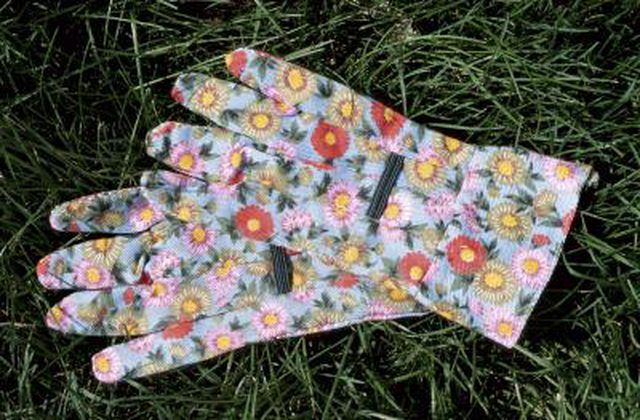Bulbs
Flower Basics
Flower Beds & Specialty Gardens
Flower Garden
Garden Furniture
Garden Gnomes
Garden Seeds
Garden Sheds
Garden Statues
Garden Tools & Supplies
Gardening Basics
Green & Organic
Groundcovers & Vines
Growing Annuals
Growing Basil
Growing Beans
Growing Berries
Growing Blueberries
Growing Cactus
Growing Corn
Growing Cotton
Growing Edibles
Growing Flowers
Growing Garlic
Growing Grapes
Growing Grass
Growing Herbs
Growing Jasmine
Growing Mint
Growing Mushrooms
Orchids
Growing Peanuts
Growing Perennials
Growing Plants
Growing Rosemary
Growing Roses
Growing Strawberries
Growing Sunflowers
Growing Thyme
Growing Tomatoes
Growing Tulips
Growing Vegetables
Herb Basics
Herb Garden
Indoor Growing
Landscaping Basics
Landscaping Patios
Landscaping Plants
Landscaping Shrubs
Landscaping Trees
Landscaping Walks & Pathways
Lawn Basics
Lawn Maintenance
Lawn Mowers
Lawn Ornaments
Lawn Planting
Lawn Tools
Outdoor Growing
Overall Landscape Planning
Pests, Weeds & Problems
Plant Basics
Rock Garden
Rose Garden
Shrubs
Soil
Specialty Gardens
Trees
Vegetable Garden
Yard Maintenance
How to Mix Topsoil
How to Mix Topsoil. Topsoil is the top eight to 10 inches of soil. In order to grow a healthy and bountiful garden, it is essential to have plenty of good topsoil. It is not uncommon, however, to have weak topsoil that will not provide plants with the necessary nutrients required to keep plants healthy and capable of producing at harvest time....

Topsoil is the top eight to 10 inches of soil. In order to grow a healthy and bountiful garden, it is essential to have plenty of good topsoil. It is not uncommon, however, to have weak topsoil that will not provide plants with the necessary nutrients required to keep plants healthy and capable of producing at harvest time.
Though the process to determine what components the topsoil may be lacking does take time and concentration, mixing topsoil is not difficult and is one of the best ways to guarantee a plentiful garden.
Things You'll Need
Gardening gloves
Shovel
Soil sifter
Clean 1 quart jar with tight lid
Clean water
Marker
Sand
Silt
High clay soil
Compost or cow manure
Dig up with a shovel 8 to 12 inches of existing topsoil from the ground where the garden will be located.
Sift the topsoil with the sifter in order to remove any large rocks or other unnecessary debris from the soil.
Determine if the topsoil is composed of one-third sand, one-third clay and one-third silty soil by performing a jar test.
Fill the jar two-thirds of the way full with clean water. Take a sample of the topsoil and put it in the jar with the water until the jar is almost full, leaving about one inch of space at the top. Screw on the lid tightly. Shake the jar vigorously. Let the soil settle for one minute. Use the marker to mark the side of the jar at the layer of soil that has settled. This is the sandy layer. Wait one hour. Use the marker to mark the side of the jar at the layer of soil that has settled. This is the silty layer. Let the soil settle for 24 hours. Place a mark on the side of the jar where the final layer has settled. This is the clay layer.
Study the jar and the ratio of sandy to silty to clay soil. An approximate one-third sandy to one-third silty to one-third clay soil is desired. If any of these components is lacking, add that component to the topsoil until the topsoil has equal amounts of sand, clay and silty soil.
Add compost or cow manure to the topsoil until the topsoil is comprised of 20 to 30 percent organic matter.
Mix the various soils and organic matter with the shovel until the new topsoil is well combined.
Place the new topsoil into the gardening area with the shovel.
Tips & Warnings
All items, including the clay, sand and silty soil and cow manure or compost, can be purchased at any gardening or home center.